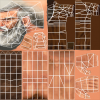Blumonster
Chieftain
- Joined
- Oct 22, 2010
- Messages
- 90
(For Civ 5)
I created a new unit mesh/animation in Blender. Is there a fairly simple way to add my own skin? It has no added texture at this point; I just want to create a dds file that will cover the mesh.
Specifically:
I unwrapped the mesh, have a 2D image (the UV map) that looks like how the game's units' dds files are laid out. Is there a way to use that as a base? I've tried editing it using the "external edit" button, but it's blank...obviously I guess the vertices aren't going to show up. I don't want to get too complicated with anything, just a simple skin. I've looked through a lot of tutorials, and the ones I've found either tell you how to create a texture in Blender or paint your mesh by using a pre-existing file. For example, a recent video tutorial on Blender 2.49 shows how to create a skin for a spaceship but he already has a .gif file to work from for the texture. How do I create that original file so that it matches up to what I have in Blender? (I hope all that makes sense, I don't know how much more to explain, lol.) Thanks!
EDIT: The closest thing I could find was Deliverator's thing about how to get Civ 4 units into Civ 5. In trying to apply those instructions to a new mesh, I wound up creating textures in Blender itself and then baking it into a UV map. I guess that's part of the answer. I tried saving that as a dds file and using it with Nexus Buddy, but the textures were all in weird places (in the game). I'd also like to use an external paint program. My UV map seems overly complicated...there are layers under layers (as a side note, I don't know what button I pushed but my mesh has way too many vertices now...is there a way to get it back to its original form?) Sorry for all the questions. Short of a tutorial, I think I just need to be pointed in the right direction, and I can probably figure it out from there. Thanks.
I created a new unit mesh/animation in Blender. Is there a fairly simple way to add my own skin? It has no added texture at this point; I just want to create a dds file that will cover the mesh.
Specifically:
I unwrapped the mesh, have a 2D image (the UV map) that looks like how the game's units' dds files are laid out. Is there a way to use that as a base? I've tried editing it using the "external edit" button, but it's blank...obviously I guess the vertices aren't going to show up. I don't want to get too complicated with anything, just a simple skin. I've looked through a lot of tutorials, and the ones I've found either tell you how to create a texture in Blender or paint your mesh by using a pre-existing file. For example, a recent video tutorial on Blender 2.49 shows how to create a skin for a spaceship but he already has a .gif file to work from for the texture. How do I create that original file so that it matches up to what I have in Blender? (I hope all that makes sense, I don't know how much more to explain, lol.) Thanks!
EDIT: The closest thing I could find was Deliverator's thing about how to get Civ 4 units into Civ 5. In trying to apply those instructions to a new mesh, I wound up creating textures in Blender itself and then baking it into a UV map. I guess that's part of the answer. I tried saving that as a dds file and using it with Nexus Buddy, but the textures were all in weird places (in the game). I'd also like to use an external paint program. My UV map seems overly complicated...there are layers under layers (as a side note, I don't know what button I pushed but my mesh has way too many vertices now...is there a way to get it back to its original form?) Sorry for all the questions. Short of a tutorial, I think I just need to be pointed in the right direction, and I can probably figure it out from there. Thanks.


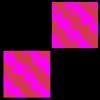



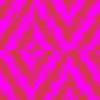






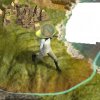
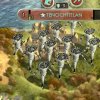


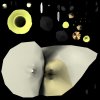

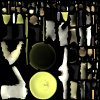


 - but once you know what to do and how to do it, you'll be sorted.
- but once you know what to do and how to do it, you'll be sorted.